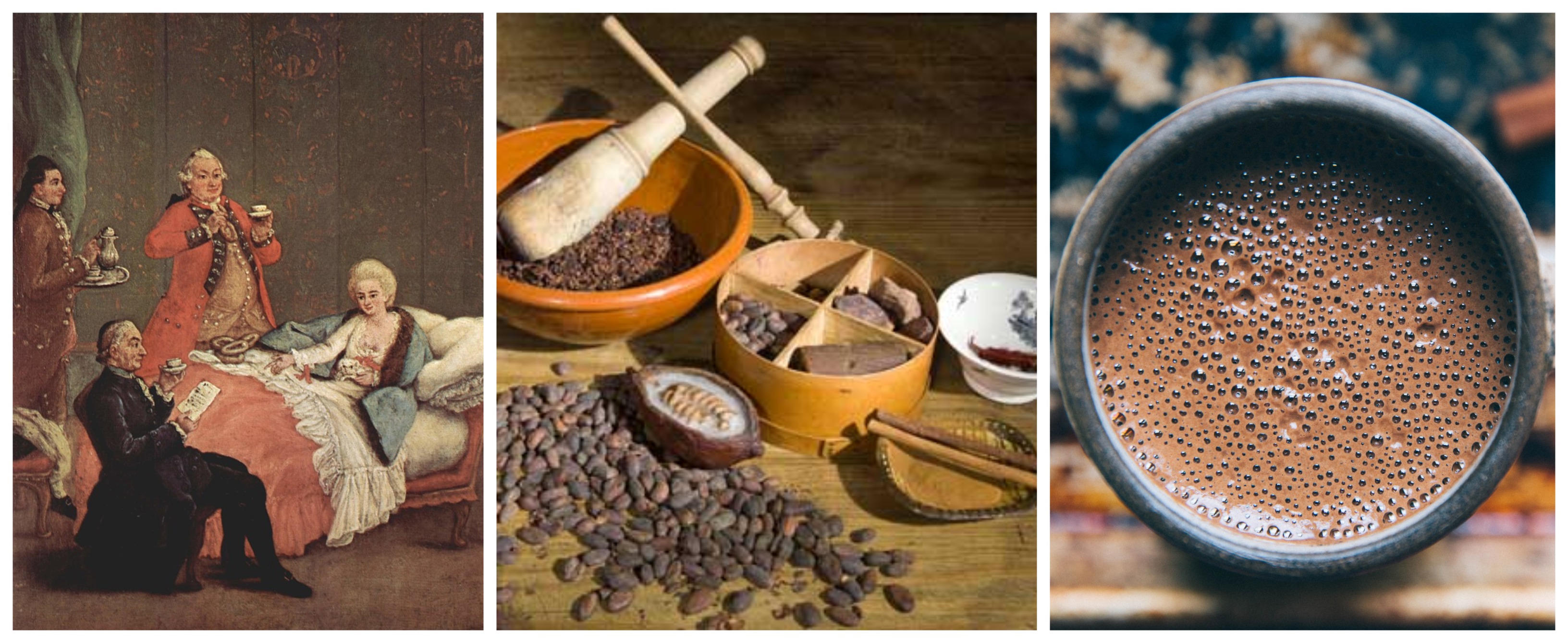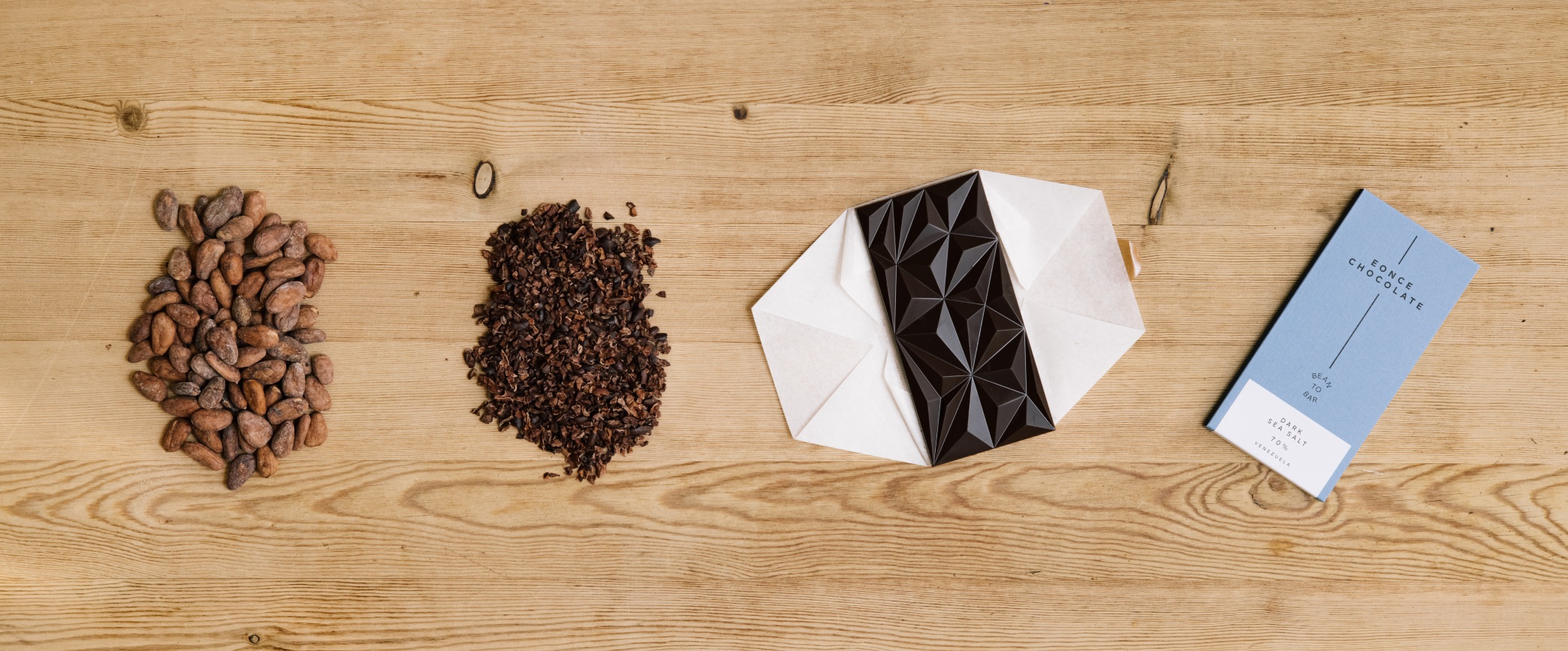Posted by Cynthia Vanzella on 4th Jul 2022
The history of chocolate
You might not be aware, but everybody's favourite sweet treat is a 5,300 years-old recipe. Yes, that old!
The history of chocolate started in South America around 1,500 years before previously thought. A recent study revealed that ancient pots and vessels have been found in archaeological sites in the southeast region of Ecuador with cacao residues. Historians already knew that cacao seeds might have been fermented and served as alcoholic drinks - very different from what we know as chocolate today!
Until then, it was believed that chocolate originated in Mesoamerica. This area includes what today is the south of North America (Mexico) and most of Central America (Belize, Guatemala, El Salvador, Honduras, Nicaragua and Costa Rica). The Olmecs, the earliest large civilisation known in Mesoamerica, used to process cacao seeds. But we're not talking chocolate just yet: they likely used the cacao plant for religious rituals or as a medicinal drink.

Long after that and a bit further south, where today is Guatemala, the Mayan civilisation started producing a type of chocolate drink for personal use. They mixed a roasted cacao seed paste with water, chilli peppers and cornmeal until it formed a thick foam. In paste form, it was flavoured with flowers, vanilla and chillies. The Mayans used cacao for medicinal purposes too, but extended their use to many other occasions: from religious rituals and funerary offerings to festivals and official ceremonies.
The Aztec Empire, which dominated a big part of Mesoamerica around 1400, expanded the use of cacao. By then, the ancient version of chocolate was consumed for a variety of purposes, including as an aphrodisiac or as a form of dessert after banquets. The Aztecs also believe that cacao seeds were a gift from Quetzalcóatl, the god of life, light and wisdom. The beans were so valuable at that time they were used as a form of currency!
Only in 1502, when the Italian explorer and navigator Christopher Columbus was on his fourth mission to the continent, he finally came across cacao beans. Noticing how much natives valued them, he took cacao beans with him back to Spain, but it didn't make a great impression at first.
Historians believe it was the Spanish conquistador Hernán Cortés the first European to understand how cacao beans were turned into chocolate when he observed it in the court of Montezuma in 1519. That's when chocolate finally started gaining attention from Europeans, reaching the Spanish court - but would still be mostly used as a medicine because of its bitterness.

Magic happened when chocolate had sugar or honey added to it: from that moment on, it didn't take long to become popular - first among the royals and upper classes, then among the common people. From Spain chocolate reached France - and then it quickly spread through other countries. In less than a hundred years, chocolate became a favourite treat in Europe!
The industrial revolution changed the production of chocolate. Before a purely manual process, the introduction of machines and new techniques facilitated the method. It was when chocolate went through a transformation, from primarily a drink to solid food. New recipes were also being developed, exploring new seasonings and flavours.
In the late 1890s and early 1900s, the cultivation of cacao beans started shifting from Central and South America to Asia and Africa. With the increased production, the price of chocolate began to drop, and chocolate could be purchased by the middle class. During the First World War, chocolate was considered an essential item in the rations for American soldiers.

Today, the majority of cacao beans used by mainstream brands still come from Western African countries, with Ivory Cost being the biggest producer in the world.
To remain true to the origins of chocolate, at Eonce we source the most unique cacao beans from smaller producers in South America. We only partner with suppliers who are committed to ethical and sustainable beans to minimise the impact on the planet and ensure farmers and workers are paid fairly.
As you can see, the history of chocolate is too rich and beautiful - it just makes sense that we honour it by creating handmade bars from delicious recipes!
